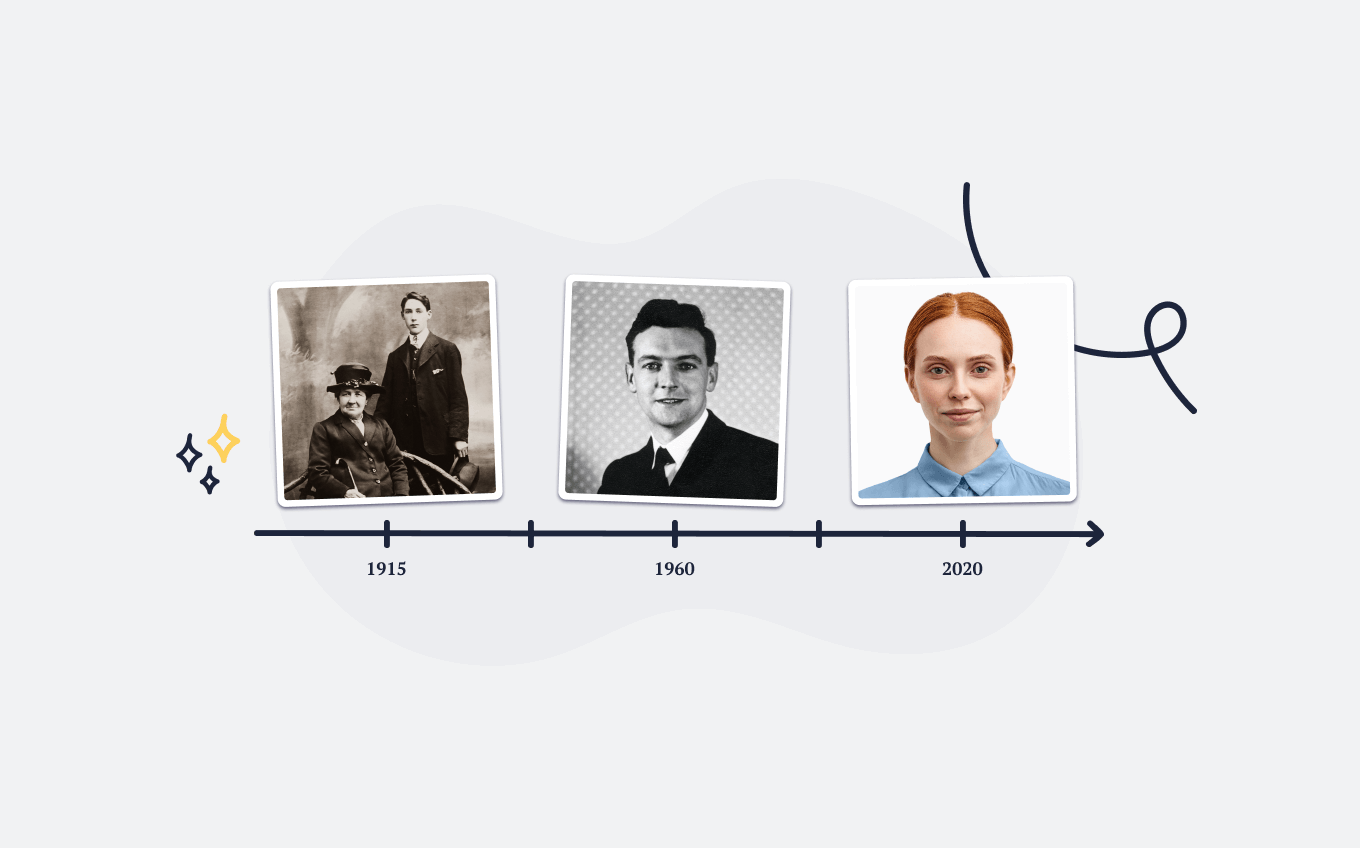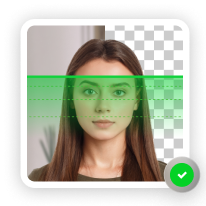Did you know?
There was a time when passport photos showed people strumming their guitars and riding horses.
No kidding.
Join us as we flip through the pages of history and explore the evolution of passport photography. We’ll uncover controversies, societal shifts, and what the future might hold.
Let’s snap to it:
Get a 100% compliant passport photo with Passport Photo Online.
- Upload a selfie.
- Our AI crops, resizes, cleans the background, and adjusts the lighting.
- One of our human experts (available 24/7) reviews your photo within minutes.
- Download a high-res JPEG instantly or order prints with 2–3 business day delivery.


Get a digital passport photo – or order prints with Passport Photo Online.**
Unlimited Retakes
Competitive Pricing
GDPR & CCPA Compliant
Used by 1M+ Users Annually
I used Passport Photo Online and got a verified, compliant digital passport photo from a simple selfie. The whole process took about five minutes. The prints arrived just a few days later. I saved time and money and my passport application was accepted!
Key Takeaways
- The concept of photo identification originated in 1876, but it wasn’t until 1915 that photos became standard on passports.
- Early passports were far from standardized, with some featuring people in casual settings or even group photos.
- The League of Nations in 1920 pushed for the standardization of passports, but this move was met with resistance, especially from the upper class.
- The future of passport photography is digital.
The “Photographic Ticket” and the Birth of Photo IDs
Picture a world where your passport didn’t have a photo.
Instead, it just described you: blue eyes, brown hair, and perhaps a mention of that nose shape.
It sounds quaint.
Yet—
It was the reality before the concept of photo identification was introduced at the 1876 Centennial Exposition in Philadelphia.
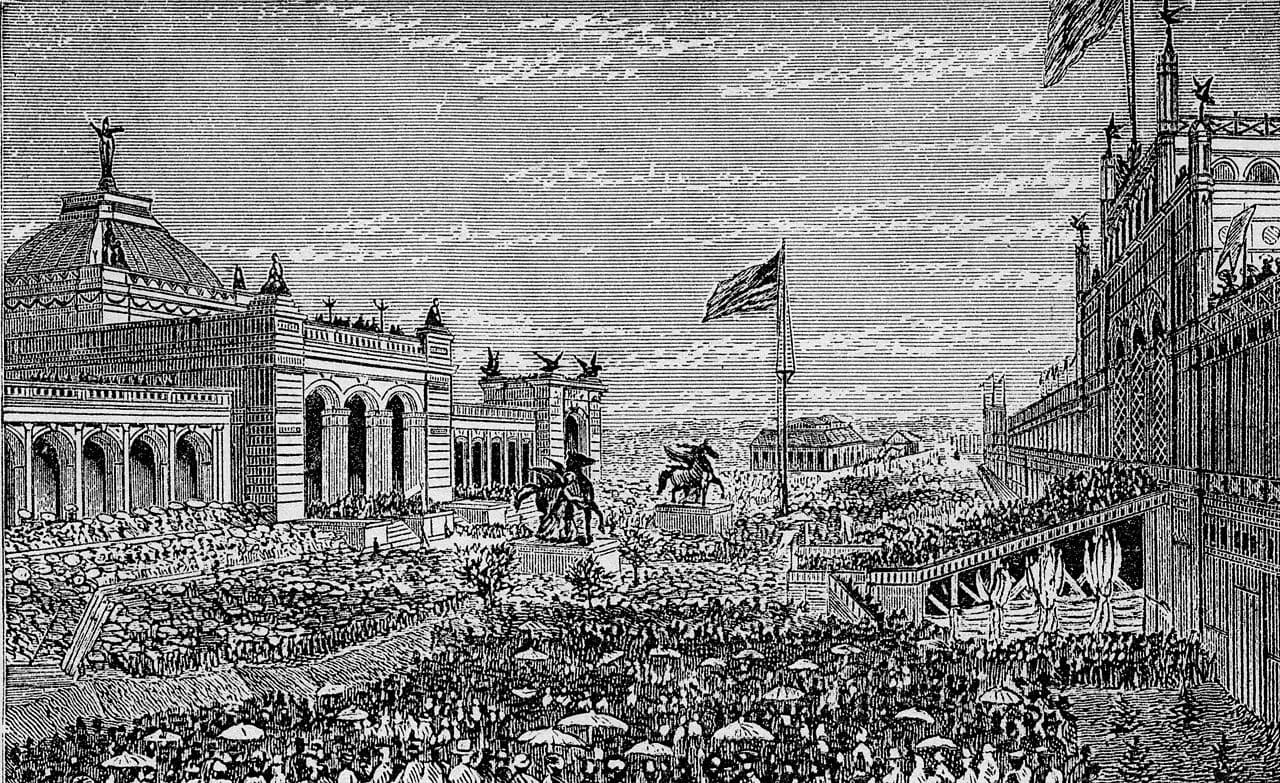
Amidst the grandeur and innovation, photographer William Notman pioneered the “photographic ticket.” It was designed to tackle admission issues that had plagued large-scale exhibitions in cities like London and Paris.
Essentially, it was an ID card that included (among others):
- The holder’s name
- A unique number
- A stamped photograph to ensure exhibitors and attendees could be identified
Alas.
This form of identification was ahead of its time.
So much so that it wasn’t until 1915 that photographs became standard practice on passports.
A year earlier, German spy Carl Lody obtained a photo-less US passport under the alias Charles A. Inglis and traveled to the United Kingdom undetected.
This prompted the US Secretary of State to introduce the first-ever photo-bearing passports.
Which were a far cry from the travel documents of today.
When Passport Photos Were Art: From Guitar Strums to Horseback Moments
Did you ever grumble about the strict guidelines for passport photos?
If so, you might find solace in knowing that once upon a time, things were easier.
In the early days of passport photography, there wasn’t a rulebook: no stern-faced, straight-on shots against a white (or off-white) backdrop.
So—
Photographers could get creative.
Some people were photographed lounging in a park, riding a horse, or strumming a guitar.
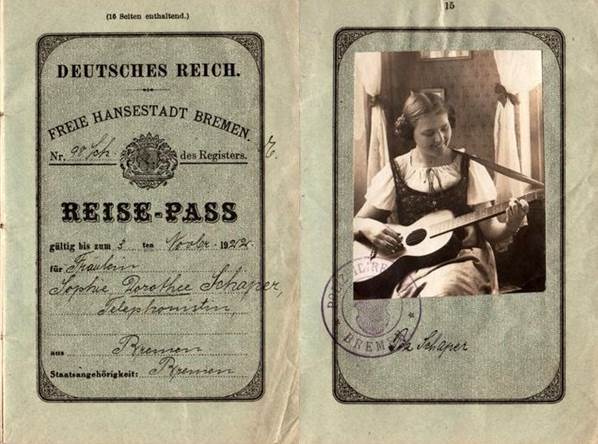
Instead of individual shots, you could use cut-outs from group photos.
Some passport holders transferred images from one passport to another, with the ghostly remnants of stamps from the previous document.
Plus, it was common to have multiple people on a single passport.
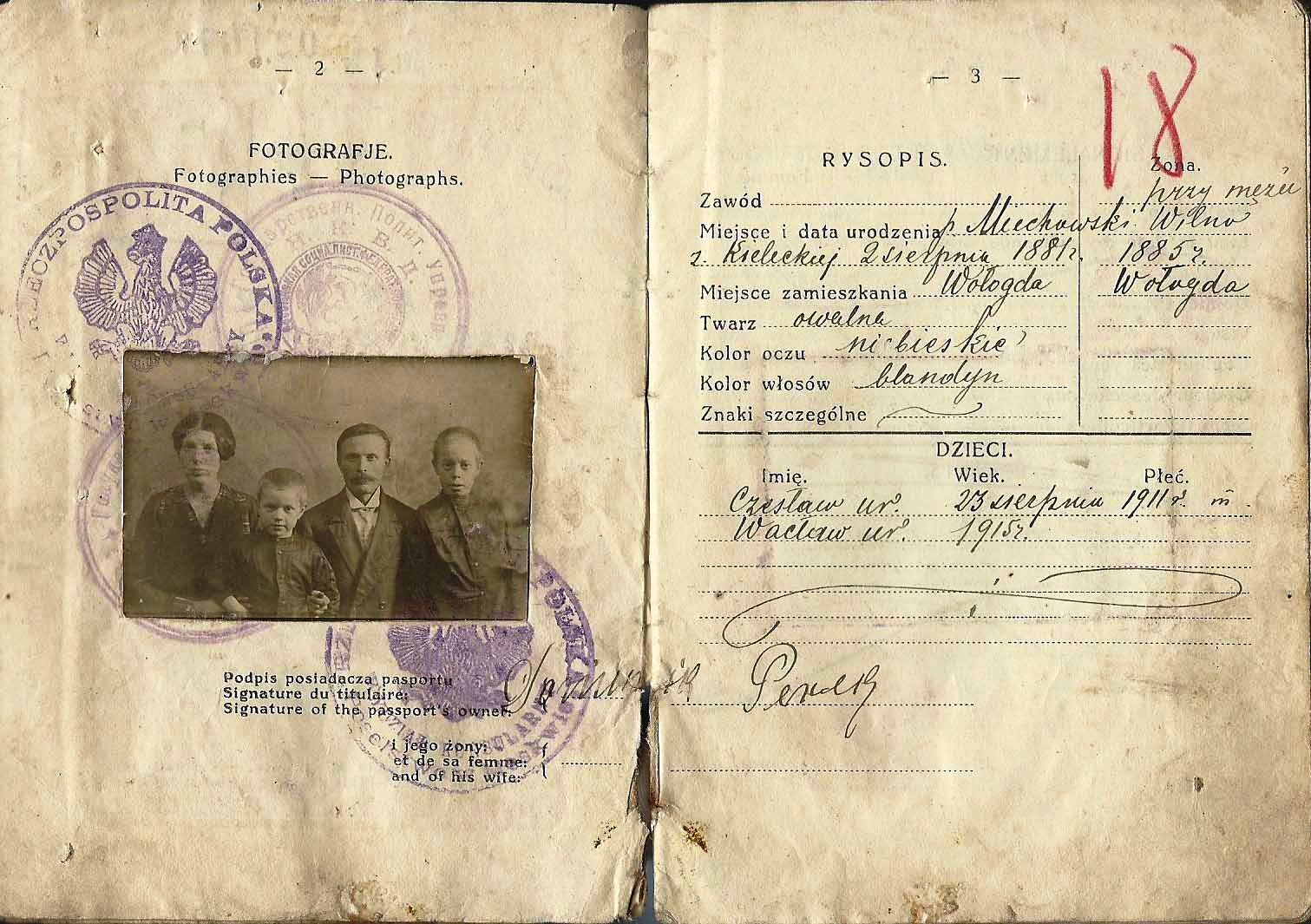
This wasn’t just limited to families, though.
Sometimes, entire groups that traveled together (e.g., sports teams, worker groups) would be crammed into one document.
This practice was especially common for refugees needing swift travel, such as Jews fleeing Eastern Europe pogroms or leaving Germany for the US during the 1920s.
Not-So-Fun Fact: In the 1930s, married American women were often just a footnote in their husbands' passports, identified only as wives. Single women had passports, but married women were essentially tethered to their husbands' identity. It wasn't until 1937 that this practice began to change, thanks to advocacy and a directive from the State Department.
The cost was another factor that influenced early passport photo practices. In the late 1920s, the photo could set you back around $360 in today’s money.
So—
If you ever feel the pinch of paying for passport renewal, our predecessors felt it too.

Do you need passport photos? Find out more:
The Passport Paradox: Standardization vs. Individuality
In 1920, the world of passports took a turn.
On October 21, the League of Nations convened in France and laid the groundwork for what we know today as the modern passport.
It set the size, layout, and design for travel documents across 42 nations.
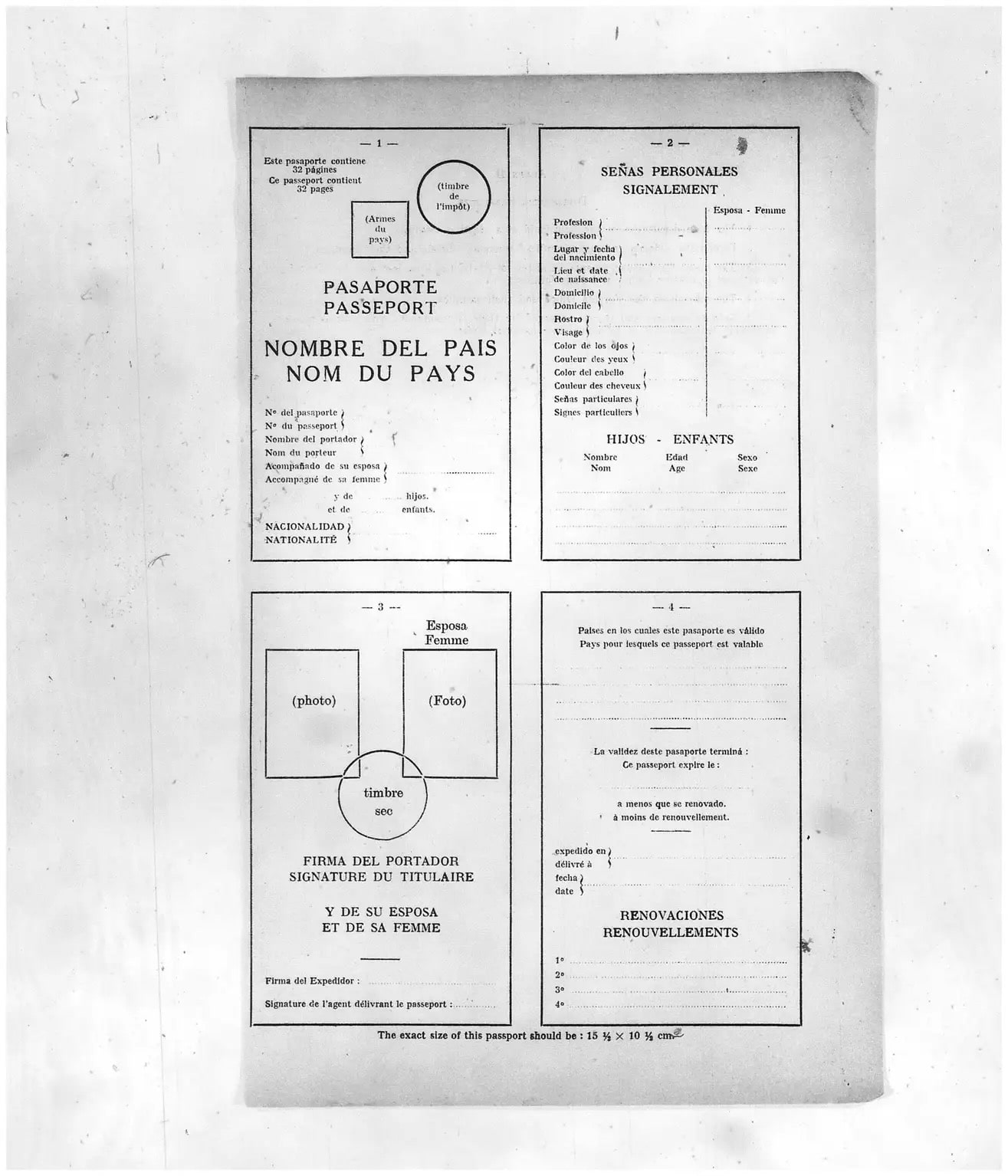
By 1926, Great Britain introduced the 2nd version of the passport. It mandated two identical photos on thin paper, showcasing the full face without a hat. This marked the end of freely chosen photographs.
Why push for standardization?
After World War I, border crossings had to be streamlined.
The myriad of foreign certifications, each with its unique design and varying information, was a nightmare for border officials. The League recognized this chaos as a major impediment to global economic recovery and normalcy.
But—
Not everyone was thrilled about the change.
The upper echelons of society found the concept of passports (especially with photos) demeaning, feeling their social standing should exempt them from such formalities.
Plus, the stark, unflattering “mugshot” style of the passport photo didn’t help the matter.
In his book, The Passport in America: The History of a Document, Craig Robertson highlights the sentiment of the upper class at the time:
“Look at me, I’m white, I’m upper-middle class, I’m dressed well, I’m not a suspicious person, I shouldn’t be the target of any form of identification document.”
As the years rolled on, societal developments like the advent of driving licenses and SSNs made Americans more accepting of the document.
Still—
One gripe remained consistent: the universally unflattering nature of passport photos.
A 1930 New York Times editorial lamented how even the gentlest soul looked like a “thug” or “gunman” in their passport photo.
Robertson’s insights on the matter are particularly poignant.
He suggests that the passport, in its essence, creates an identity, but it’s an identity stripped of individuality. It’s a stark, standardized representation devoid of the quirks and features that make us unique.
The irony is palpable:
A document meant to identify us erases most of our identity.
Snap, Upload, Travel: The Future of Passport Photography
In 2015, the passport photo celebrated its 100th birthday.
Though, this moment passed with little fanfare.
Fast forward to 2023, and getting a passport photo is routine. Wherever you live, there’s likely a spot nearby for passport photos. No need for flash powder or film waits.
Indeed—
According to our recent survey, Americans generally pop into CVS or Walgreens to get the job done. This method is particularly favored by Baby Boomers and Gen Xers, with 25% and 22% respectively opting for it.
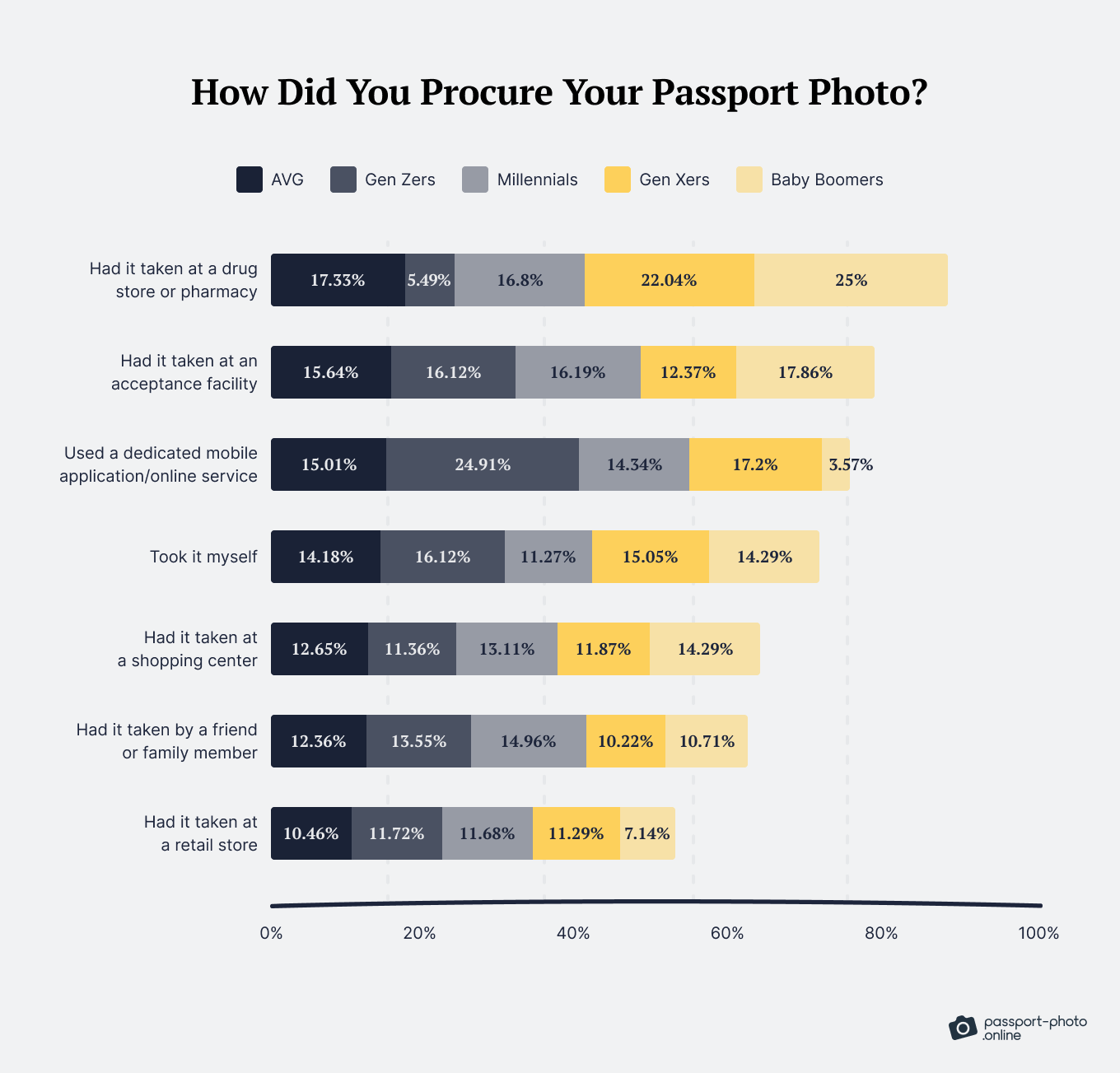
But the younger generation is charting a different course.
Our data indicates that a quarter of Gen Zers prefer mobile apps/online services for their passport photo needs.
Rosie Matheson, a documentary photographer, believes this shift toward digital is a win-win. For the general public, she says,
“I think that apps for taking photos for official documents are a perfect solution. This type of photography is a mundane task, and—for me—the quickest and smoothest way to get it over with is the best!”
For photographers, the sentiment is similar. Matheson elaborates,
“For me, photography is all about human connection, making something timeless, and telling a story. Documenting a moment in time and leaving a piece of history. There are so many styles of photography, but ultimately, it’s about observation, creativity, communication, and a way of capturing life that connects to people. From looking at a photo, someone can learn something, feel something, or be influenced.”
She then contrasts this with passport photography, which she feels is “the least creative and requires the least human connection.”
A New York-based photographer, Matt Licari, echoes this, suggesting that many of his peers would “rather opt for a different kind of work than shooting passports if that work was sustainable.”
So—
Where is passport photography headed?
We believe it’s poised for digital. As technology advances, more countries are warming up to digital passport photos.
The United States, for instance, launched a Pilot Program in September 2022 that allowed select applicants to renew passports online and upload a digital photo.
Disclaimer: As of this writing, the program is paused to make improvements based on customer feedback.
On top of that—
With the ubiquity of good smartphone cameras, people are becoming adept photographers in their own right.
In fact, projections indicate that by 2025, users will snap two trillion photos annually.
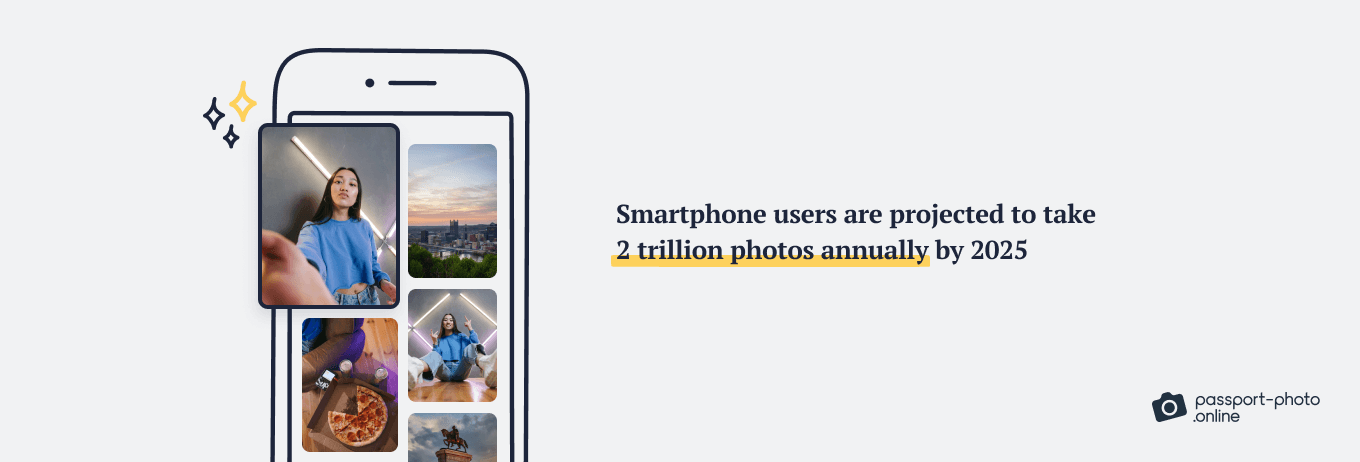
In light of this, digital photos will likely become the norm, making the traditional passport photo a relic of the past.
Stacking It All Up
There you have it.
A comprehensive look at the changing landscape of passport photography.
Now—
If you believe your audience will be interested in this information, feel free to share it. Just remember to mention the source and link back to this page.
Sources
- Atlas Obscura, “The 1920s Women Who Fought For the Right to Travel Under Their Own Names”
- Atlas Obscura, “The History of Passport Photos, From ‘Anything Goes’ to Today’s Mugshots”
- BBC, “How Have Passport Photos Changed in 100 Years?”
- ePassportPhoto, “The History of Passport Photography”
- Fully Verified, “The History of Passport Photography”
- Google Books, “The Passport in America: The History of a Document”
- Google Books, “The World of William Notman: The Nineteenth Century Through a Master Lens”
- IDEXPERTS, “Who Made the World’s First Photo ID?”
- MI5, “Carl Hans Lody”
- National Geographic, “How Women Traveled in 1920, the Year of the 19th Amendment”
- Our Passports, “The Passion for Old Passports & Documents”
- Passport Photo Online, “25+ Mobile Photography Trends, Facts & Stats”
- Passport Photo Online, “Break the Wait: 1000 Americans on How to Get Passports Faster”
- Passport-collector.com, “100 Years Passport Photo”
- Quartz, “One Historic Meeting Determined the Size and Shape of Every Passport in the World Today”
- Travel.State.Gov, “U.S. Passport Photos”
- Wikipedia, “Centennial Exposition”
- Wikipedia, “United States Passport”
- Passport-collector.com

As a Digital PR specialist and a member of the Society of Professional Journalists (SPJ), Max has 5+ years of writing experience.
Over the course of his career, Max’s work has garnered significant attention, with features in numerous prominent publications such as The New York Times, Forbes, Inc., Business Insider, Fast Company, Entrepreneur, BBC, TechRepublic, Glassdoor, and G2.
